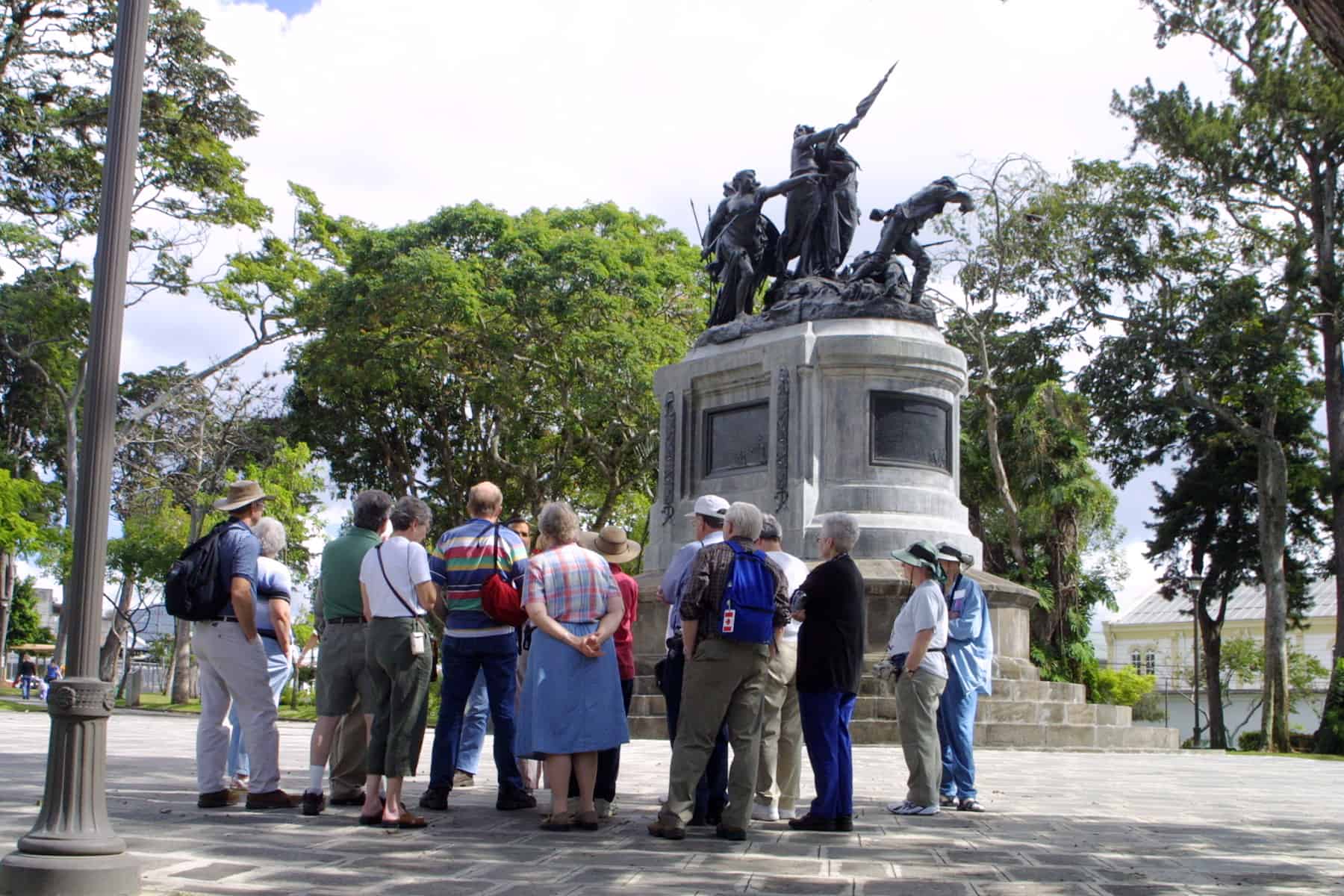A report prepared by the Legislative Assembly, cited by local media outlet El Observador last week, concluded that rising insecurity in Costa Rica is undermining tourism activity, a critical economic sector contributing 8.2% to GDP. If Costa Rican authorities do not take immediate action, the impact could worsen, compromising tourist arrivals and the country’s global reputation. The Costa Rican Tourism Institute (ICT) reported a 13.8% decline in tourist arrivals from September 2024 to March 2025, with a 7% drop in February 2025 alone, driven by safety concerns.
After eight months of work, the Special Tourism Commission of Congress issued a majority report documenting a significant increase in criminal activity and violence in key regions. In 2024, Costa Rica recorded 880 homicides, with 225 in 2025 to date, including 66 in San José, 45 in Limón, and 34 in Puntarenas, according to the Judicial Investigation Agency (OIJ). Over 6,300 tourist-related crimes, primarily thefts and assaults, were reported in 2024.
The report identified “critical areas” in five provinces: San José’s central region, known for petty theft; La Fortuna in San Carlos, Alajuela; Tamarindo and Playas del Coco in Guanacaste, facing an 18% homicide rise; Puerto Viejo and Cahuita in Limón, hubs for drug-related violence; and Puntarenas Centro, Cóbano, Jacó, and Quepos in Puntarenas, plagued by robberies.
Five main factors aggravate insecurity in these tourist destinations. First, clandestine parties and illegal commerce, often linked to drug trafficking by cartels like Colombia’s Clan del Golfo, fuel violence and public disorder. Second, security forces lack sufficient personnel, equipment, and funding, with Costa Rica’s absence of a military exacerbating challenges. Third, inadequate video surveillance and patrols hinder monitoring. Fourth, gentrification—displacement of local communities by foreign investment—raises living costs, weakens social cohesion, and limits formal employment. Finally, socioeconomic issues, including poverty, unemployment, and limited educational opportunities, drive criminal activity.
The impact on tourism is severe. Since September, a 7.2% drop in North American visitors and 11.4% in European arrivals have strained coastal communities, with Quepos and Nosara reporting a 20% decline in tourism-related jobs. The sector, generating $5.434 billion in 2024, faces a projected 15–20% drop in arrivals by late 2025, per the National Tourism Chamber (CANATUR). International travel advisories, including the U.S. Embassy’s Level 2 Advisory (December 2024) and Canada’s March 2025 alert, cite rising crime, amplifying negative perceptions.
The Legislative Assembly warned that “loss of competitiveness due to security concerns and erosion of Costa Rica’s peaceful reputation may take decades to recover.” CANATUR noted that 62% of U.S. tourists cited safety concerns as a reason for choosing other destinations.
However, Tourism Minister William Rodríguez countered that no evidence links insecurity to declining tourism(?). He claimed the ICT’s safety perception metrics remain stable. This stance contrasts with CANATUR’s concerns and international advisories urging caution in areas like Cahuita and Cóbano.
Positive steps offer hope. In 2024, CANATUR and Public Security signed a cooperation agreement to enhance tourist safety through joint patrols and training. European airlines, including KLM and Air France, are increasing flights for the 2025-2026 high season, signaling confidence in Costa Rica’s appeal. Yet, with reduced air connectivity—8% fewer seats at Juan Santamaría Airport and 19% at Daniel Oduber Airport— the tourism industry here urges stronger action to restore Costa Rica’s reputation as a safe destination.








